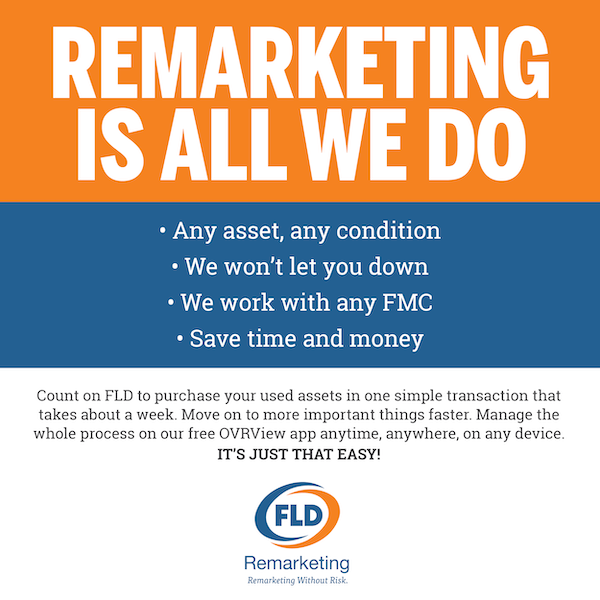
By Greg Neuman, CEI Senior Manager of Quality Control
Mr. McGuire: I just want to say one word to you. Just one word.
Benjamin: Yes sir.
Mr. McGuire: Are you listening?
Benjamin: Yes, I am.
Mr.McGuire: Plastics…There’s a great future in plastics.
— Dialog from the 1967 hit movie, The Graduate
It turns out that it wasn’t bad advice that the successful businessman, Mr. McGuire, was giving Benjamin Braddock (played by Dustin Hoffman) at his graduation party. Plastics have been one of the fastest growing manufacturing materials over the past 50 years, and they continue to play a larger part in automobiles every year.
Back in the 1950s, there was hardly a plastic part in any car or truck. By 1970, plastics accounted for about 2% of the average car’s weight. Driven by both by the ease with which car parts can be molded out of plastic, and its fuel-saving lighter weight, its share of car components and weight steadily increased.
Today, plastics comprise 8% (or 440 pounds) of the average light vehicle’s weight and 50% of its parts volume. There some 13 different kinds of plastics in our cars and SUVs, and they’re found everywhere, from the interior to the exterior and even under the hood: dashboards, cup holders, and interior trim; grilles, bumper covers, ornamental trim, headlight and taillight assemblies; fuel tanks, suspension bushings, equipment casings, engine covers, and more.
And there’s no end in sight, as it’s estimated that to meet the U.S. federal fuel efficiency standard of 54.5 mpg by 2025, autos are going to have to shed another 400 pounds. A portion of that will come from greater use of aluminum and high-strength steel alloys, but the metals industry is looking over its shoulder at advances in carbon-reinforced plastics that can be used for structural parts and even withstand engine heats.
As with other non-traditional materials, the increasing appearance of plastics to help improve fuel economy has an unintended consequence: higher repair costs. The reason? While minor damage to many plastic parts can be repaired, the same impact that produces minor damage in steel, in plastics means that the part needs to be replaced, and replacement costs are higher than they used to be.
An example: the most frequently part damaged in a collision is the bumper cover. If the damage is minor – say just some scratched paint and a few shallow gouges – there are economical repair techniques. On a typical late-model fleet sedan, the cost for repair and repainting might come to between $400 and $750. To replace it: $900 to $1,600.
Another example: a headlight or taillight assembly, where the mounting units are only cracked, might be reparable for around $100. But a new taillight assembly on a 2014 Ford Fusion – the most popular fleet sedan today – costs about $260, and a headlight assembly goes for around $400, without labor.
And here’s another risk: some collision repair shops have been known to “repair” a plastic part, but charge the customer for a replacement. At CEI, we know of one such case where a shop glued in a headlight assembly in a government vehicle that later fell out. That’s the kind of risk that ordinary drivers, who don’t know how to evaluate damage and the quality of the repair, can run into real trouble.
So, fleet managers be warned: the cost of future gains in fuel efficiency will be higher repair costs, and you’re going to have to keep an ever-closer eye on repairs shops when it comes to the growing volume of non-steel parts in cars. Better yet, be sure you’re partnered with a repair quality control expert.

